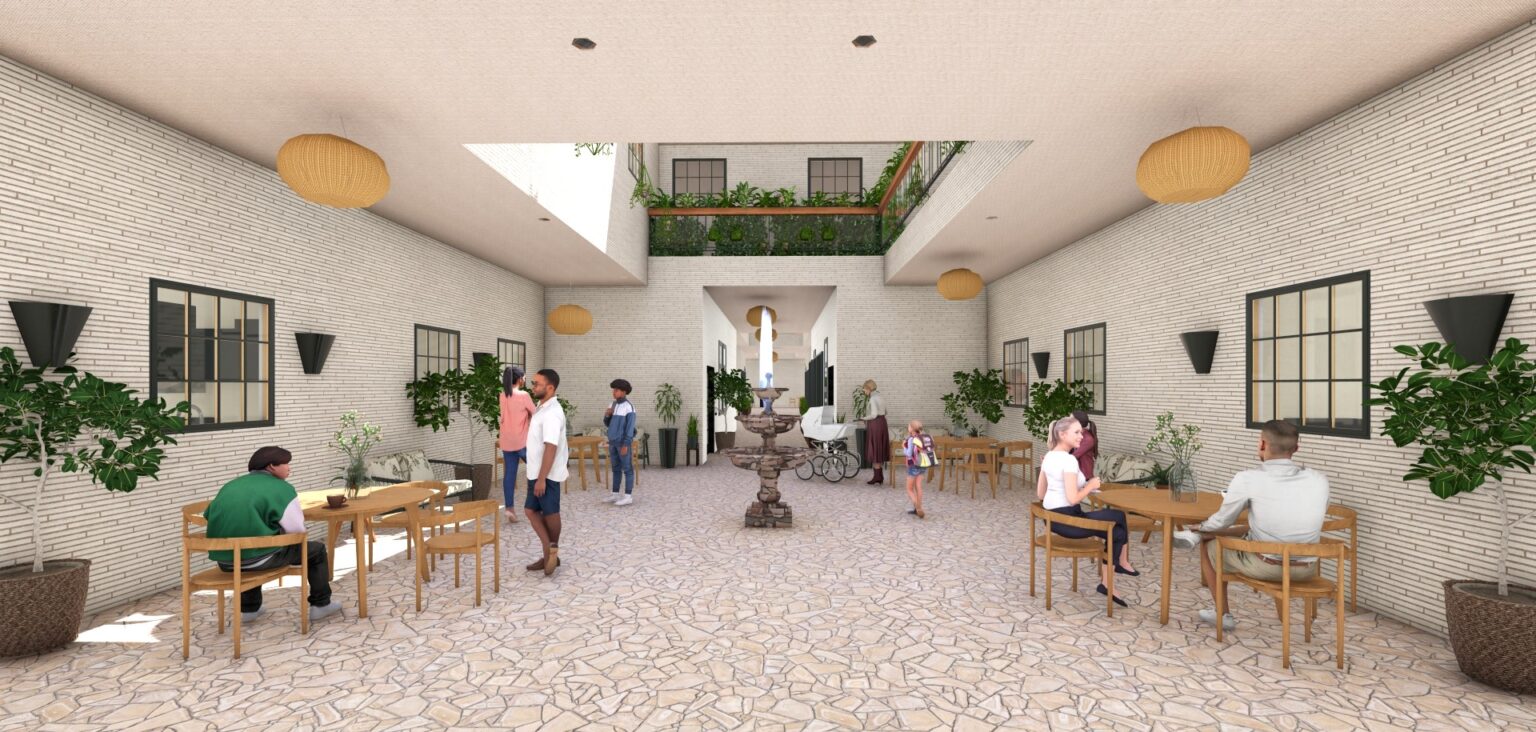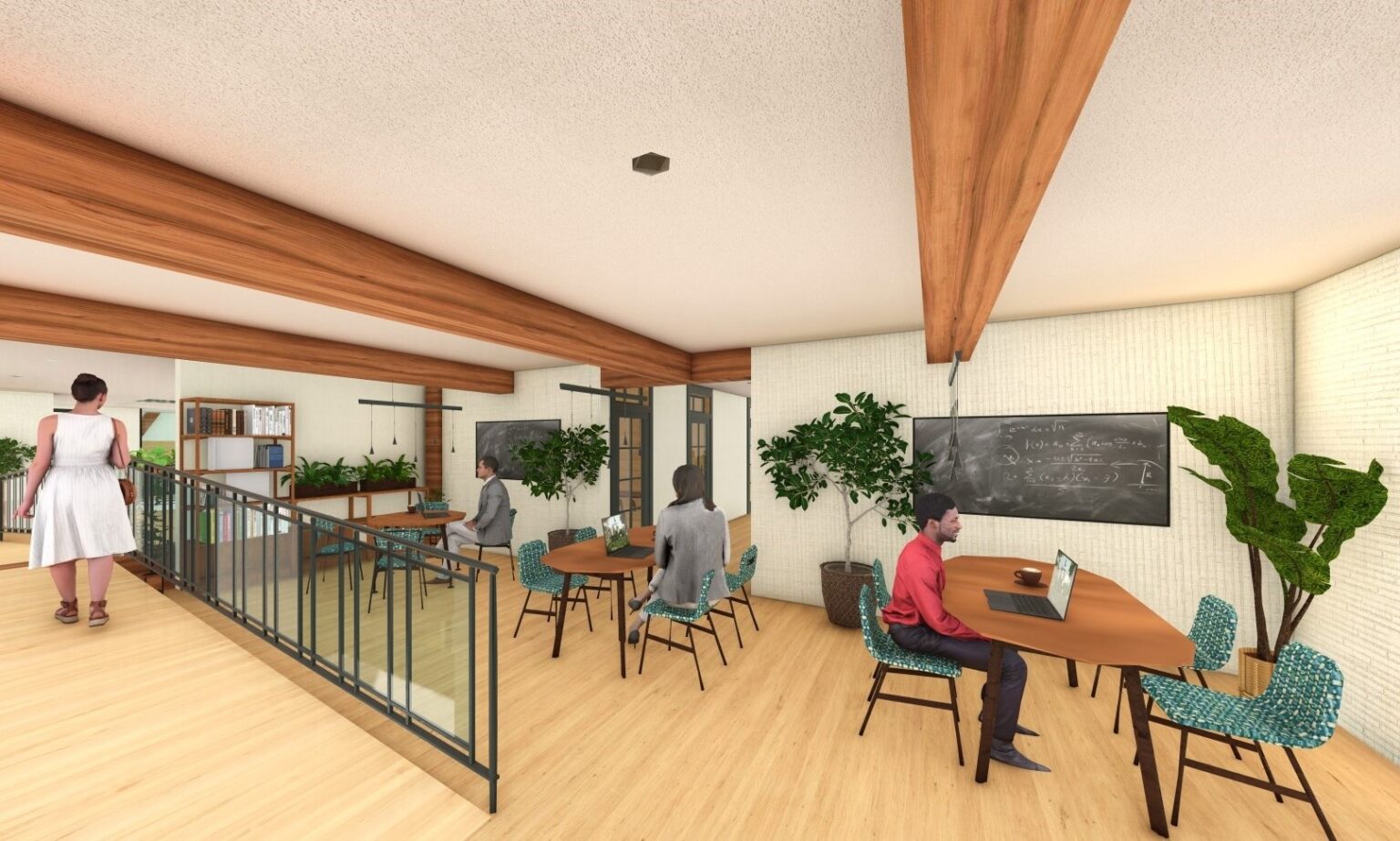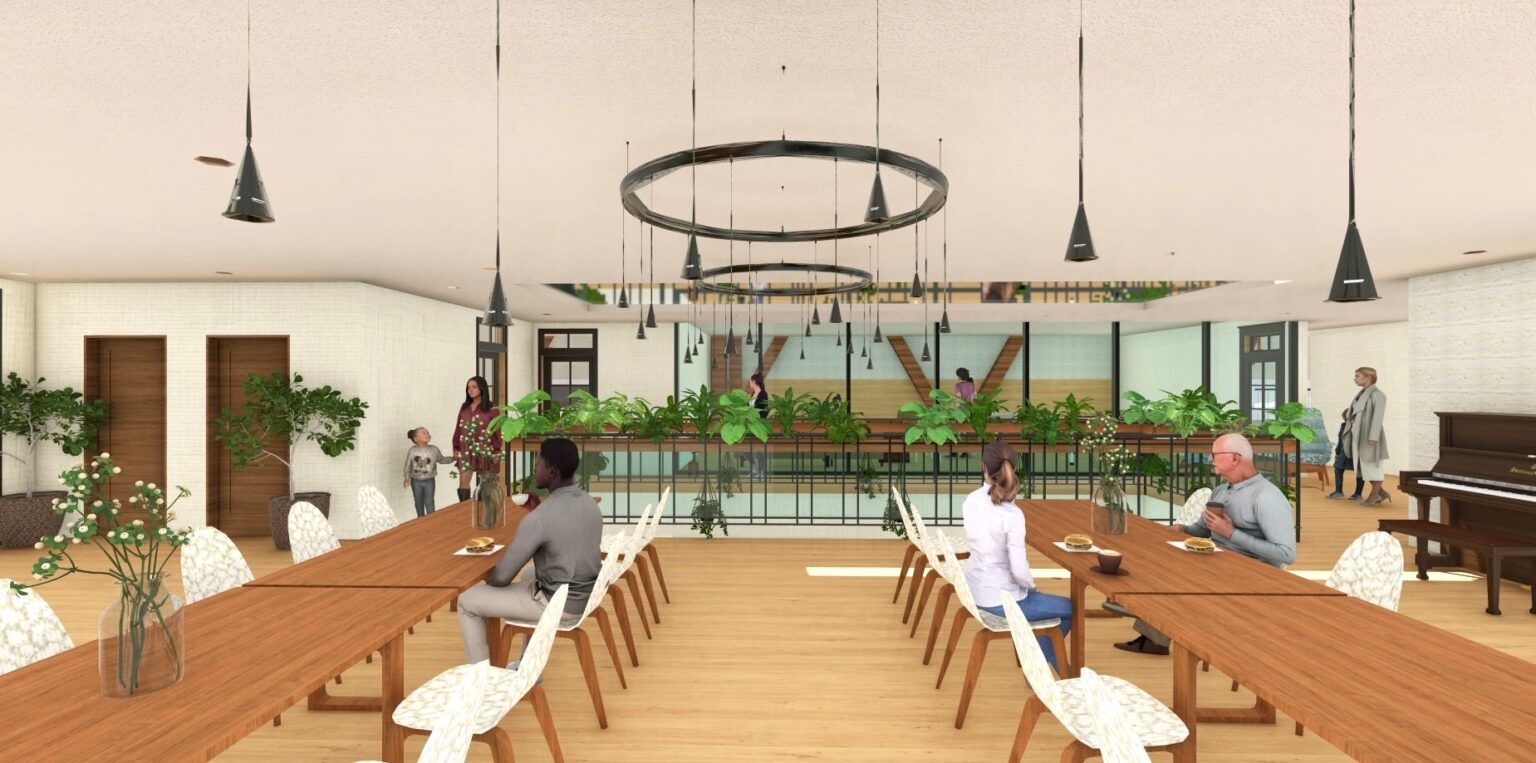Artist Biography
My name is Corinne Roesch, and I am currently pursuing a Master of Arts in Interior Architecture. I bring a unique perspective to design as a career changer with a professional background in social work, behavioral health, and education. My transition into the design world stems from a deep-rooted desire to create spaces that not only function beautifully but also support the emotional and psychological well-being of those who use them. My previous career sharpened my ability to listen deeply, understand diverse human experiences, and respond with empathy—skills that now guide my approach to interior architecture. I see design as a powerful catalyst for positive change, where thoughtful spatial solutions can inspire joy, foster healing, and promote human connection. Every project I undertake is grounded in a human-centered mindset, informed by both academic training and professional experience. I am passionate about creating inclusive, accessible, and meaningful environments that truly serve their users. By integrating evidence-based insights with creative practice, I aim to bridge the gap between aesthetic beauty and functional care—one space at a time.
Thesis Abstract
This literature review analyzes the role of architectural features and design principles in reducing stress, promoting wellness, and fostering healing for residents in government housing. It argues that creating visually appealing and cost-effective housing not only enhances residents’ quality of life but also addresses the stigma often associated with low-income housing. The study highlights the historical and systemic challenges of government housing, including racial segregation, stigmatization, and underfunding, and examines how these issues perpetuate cycles of poverty and social isolation. By integrating community resources, green spaces, and biophilic design elements, government housing can improve residents’ mental and physical well-being, foster dignity, and promote social connections.
The literature emphasizes the importance of aesthetics in countering stigmas and creating a sense of pride and belonging among residents. Research findings demonstrate that features such as community gardens, natural materials, and sustainable design enhance residents’ overall well-being. Collaborative and multidisciplinary approaches that combine architecture, social work, and policy advocacy are important in addressing systemic inequalities and creating equitable housing solutions. While current research stresses the transformative potential of well-designed government housing, gaps remain in understanding the most beneficial spatial layouts and site designs that support residents’ needs. This study advocates for innovative, inclusive, and thoughtful housing designs that not only provide shelter but empowers residents to thrive, ensuring long-term support, accessibility, and community integration.



